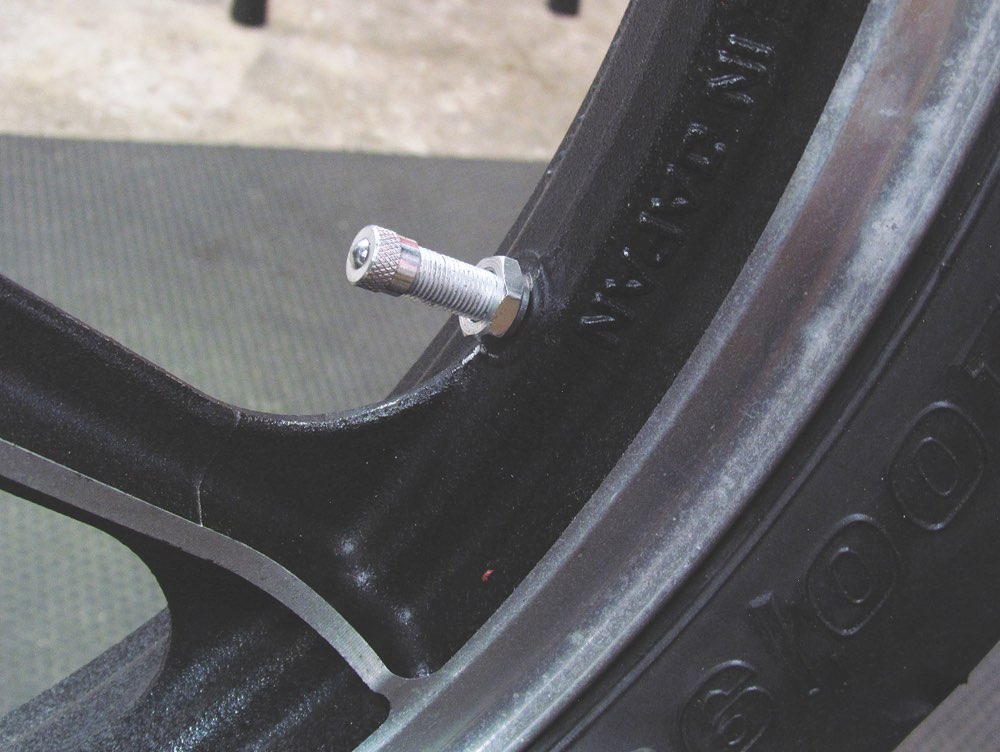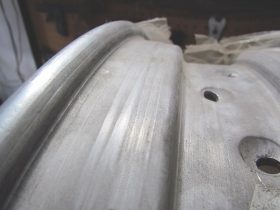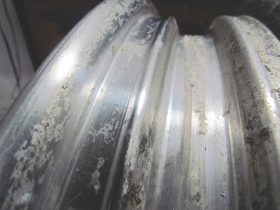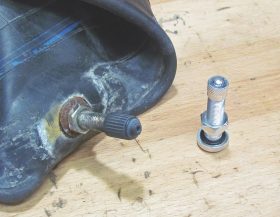With a bit of expertise and luck, you can convert your tube-type rims to tubeless.
Although I really like the look of spoked wheels, there are many reasons I prefer tubeless wheels. Unless spoked wheels are specifically designed to be tubeless, they normally require tubes to be inserted inside the tires. This is obviously because air escapes from the holes through which the spoke nipples pass.
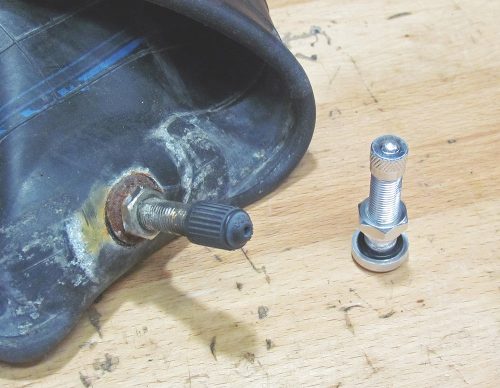 Tubeless spoked wheels, which you can find on several adventure touring bikes, are either designed with the spokes extending to outside the rim beads, as BMW has been doing for many years, or a special bonding compound is applied to centrally mounted spoke nipples to provide an adequate seal.
Tubeless spoked wheels, which you can find on several adventure touring bikes, are either designed with the spokes extending to outside the rim beads, as BMW has been doing for many years, or a special bonding compound is applied to centrally mounted spoke nipples to provide an adequate seal.
My 1980 Kawasaki KZ550 is completely original, including its cast aluminum wheels. While most cast wheels are designed to be tubeless, the ones on my bike are among the earlier examples of such a design, and they unfortunately are not compatible with tubeless tires. The main difference between my KZ550’s wheels and tubeless cast wheels is the way in which they are machined. The hole for the tubeless valve stem does not have a flat surface machined into it, onto which the valve stem’s rubber sealing washer or O-ring can seat to form an airtight seal. Also, the rim beads on my KZ do not have an inner lip machined into them which prevents the tire’s beads from slipping off toward the centre of the rim should the tire go flat while riding. If the beads slipped off in this manner, that would make the bike very unstable and increase the potential of a flat-induced crash, which isn’t good.
The advantages of tubeless tires are many. A tubeless tire runs cooler while riding due to the lack of heat-producing friction between the tire and the inner tube. This lack of friction reduces tire wear. Also, repairing a puncture on a tubeless tire is much easier. Unless the puncture is huge or there’s a hole in the sidewall, a tubeless tire can be easily repaired using tubeless tire repair plugs without removing the wheel or tire from the bike.
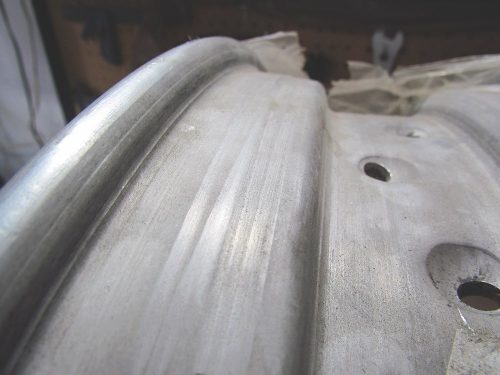 Puncture a tube-type tire and you’ll have to remove at least one side of the tire from the rim to expose the tube, which you can then patch – temporarily – to continue you on your ride. Ideally, you should replace the inner tube outright for a more permanent fix. Of course, doing the latter will require that you remove the wheel from the bike, which isn’t ideal for a roadside fix.
Puncture a tube-type tire and you’ll have to remove at least one side of the tire from the rim to expose the tube, which you can then patch – temporarily – to continue you on your ride. Ideally, you should replace the inner tube outright for a more permanent fix. Of course, doing the latter will require that you remove the wheel from the bike, which isn’t ideal for a roadside fix.
Due to the obvious advantages of tubeless tires, I decided to convert my Kawasaki’s tube-type mag wheels to more practical tubeless wheels. Doing this required just a little bit of machining. The easiest way is to use a spot-facing drill bit, which you can find in specialty tool shops. A spot-facing drill bit has a smaller-diameter pilot that fits into the existing hole without cutting into it, and a larger-diameter cutting bit that cuts a flat surface to the outside of the hole. With the drill bit installed in a full-sized drillpress and the wheel square and secured, this is a relatively easy job to do, although the sealing surface won’t be perfect; you’ll also have to use epoxy to seal the joint between the tubeless tire’s valve stem and the wheel.
A more precise way to do this is to bring the wheel to a machine shop and get the valve stem’s hole cut on a milling machine. The cost for this will be minimal and the subsequent job will be much more reliable than attempting to do it on a drillpress. I’m cheap, so I used a spot-facing drill bit I had left over from another job, my drillpress, and some epoxy. I began with the front wheel, which I did three weeks prior to writing this, and it hasn’t lost a single pound of pressure in that time.
Do not even attempt to cut the valve-stem hole with a hand drill – or you’re going to have to scour classified ads for a replacement wheel after your attempted handheld machining process scraps your wheel.
About the only drawback of modifying a tube-type rim to tubeless is the rim bead design I mentioned earlier, which won’t lock the tire to the rim should I experience a puncture while riding. Note that while I have modified tube-type wheels to tubeless several times in the past without any problems, performing such a modification should be done with discretion – and at one’s own risk.
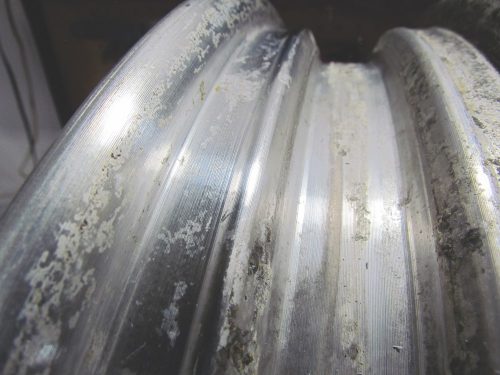 Also note that you can use a tubeless tire on an unmodified tube-type rim as long you use an inner tube. You cannot use a tube-type tire on a tubeless rim without a tube, however, since the tire’s bead is not designed to provide a leakproof seal between the tire and the rim bead. All tires are identified as either tube-type or tubeless on the sidewall, so have a look before you install a tire.
Also note that you can use a tubeless tire on an unmodified tube-type rim as long you use an inner tube. You cannot use a tube-type tire on a tubeless rim without a tube, however, since the tire’s bead is not designed to provide a leakproof seal between the tire and the rim bead. All tires are identified as either tube-type or tubeless on the sidewall, so have a look before you install a tire.
Technical articles are written purely as reference only and your motorcycle may require different procedures. You should be mechanically inclined to carry out your own maintenance and we recommend you contact your mechanic prior to performing any type of work on your bike.









